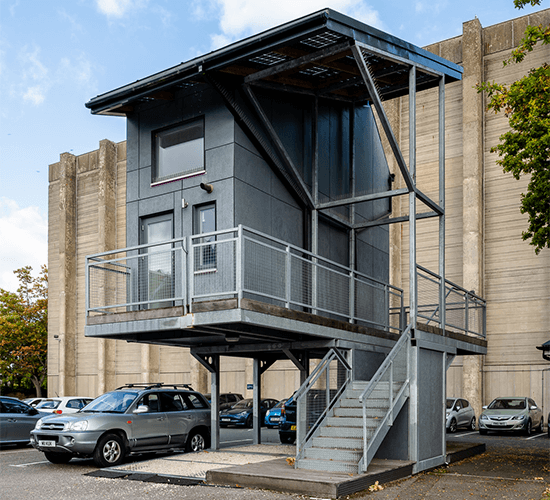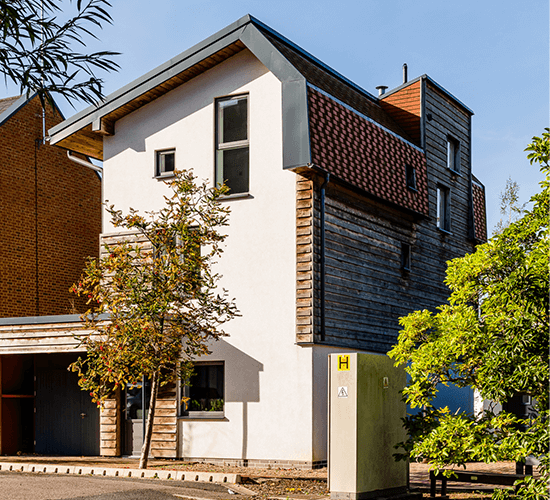BRE Flood Resilient Repair House
This former Victorian terraced home has been adapted to resist flood water up to 600mm deep. It is also resilient to the effects of being flooded. It is designed to dry out quickly, so residents can move back in after a flood incident.
In a standard house, after a flood, builders repairing a flood-damaged home would strip off soggy plasterboard, take out the flooring and rip out a saturated chipboard kitchen. But, once the house has dried out, then they’d very likely put plasterboard back in, install a new chipboard kitchen, and use non-water resistant flooring and insulation materials. If the home were to flood again in the future, all of these would be damaged once again.
The BRE Flood Resilient Repair Home aims to show alternative, more resilient products that will not be affected by subsequent flooding. It also shows how simple measures, such as placing electrical outlets higher up walls and using doors and windows with flood resisting seals, can help minimise future damage. And, if water does get in, an automatic ‘sump pump’ connected to drains in the floor quickly gets water out of the house again.
Flood-resistant measures
The measures taken to make the home resistant and resilient to flooding include:
Water resistant insulation in the walls and under the floor (such as spray-applied PUR foam or injected foamed cavity insulation).
Kitchen units and doors made from resin-bonded board, and fitted with all-ceramic worktops.
Waterproof magnesium oxide wall boards instead of plasterboard, or, if plasterboard is used, this is fitted horizontally so that in future only the lower boards need replacement if damaged.
Ceramic tiled floor and loose rugs in place of fitted carpets.
Keeping vulnerable items out of harm’s way
The measures taken to help keep vulnerable items out of the way of any future flood water include:
Sockets and switches placed higher up the wall, and the wiring to them all coming from the ceiling.
Appliances in the kitchen (fridge, oven, washing machine etc) mounted at worktop height.
The lower kitchen cupboards fitted with slide-out baskets so that they can be taken out and placed on the worktop if flooding is imminent.
Preventing seepageTo prevent flooding entering the property by seepage from under the floor (which happens as groundwater rises, even if floodwater doesn’t reach the door), the house features:
|
Stemming the flow
Finally, to stem the flow of any flooding that reaches above the door sill level, the home also benefits from:
Enhanced seals and locks to the doors and windows to make them flood-proof.
Air brick covers.
One-way valves in the main drains to prevent water coming up into the home via the sewers.
Drains fitted flush with the floor connected direct to the sump and pump (and so independent from the ‘mains drainage’). These can rapidly clear any flooding that does get into the home, pumping it out above the external floodwater level.
Building flood resilience into the fabric of Britain
Read the blog below from Chair of the Environment Agency, Emma Howard Boyd, and chair of the The property flood resilience action plan, former BRE Chief Executive Peter Bonfield:
As seen on BBC Countryfile
For the filming for BBC Countryfile (broadcast in 2017), several thousand litres of water poured into the home. Although this only created a shallow ‘flood’, this would have caused severe damage to most homes, and taken days or weeks to properly dry out. Here, just an hour after filming was completed, the water had all been removed via the floor drains and sump pump, the floor was dry and you would not have known that the house had been flooded at all.
Sponsors and supporters of the project
BRE Trust
Axa Insurance UK
Cunningham Lindsey
Property Care Association
Natural Cement Distribution Ltd
British Damage Management Association
BACA Architects
UK Government department responsible for flood risk
The Environment Agency
Aquobex
UK Flood Barriers
Aviva
Association of British Insurers
HBOS Lloyds
BRUFMA
Kingspan
Celotex
Isothane
BASF
Delta Membranes
Proten
Tarmac Bellitex
Miinus Pustelli
Dragon Board
Explore the Innovation Zone at the BRE Science Park

Modular Seismic Building at the BRE Science Park
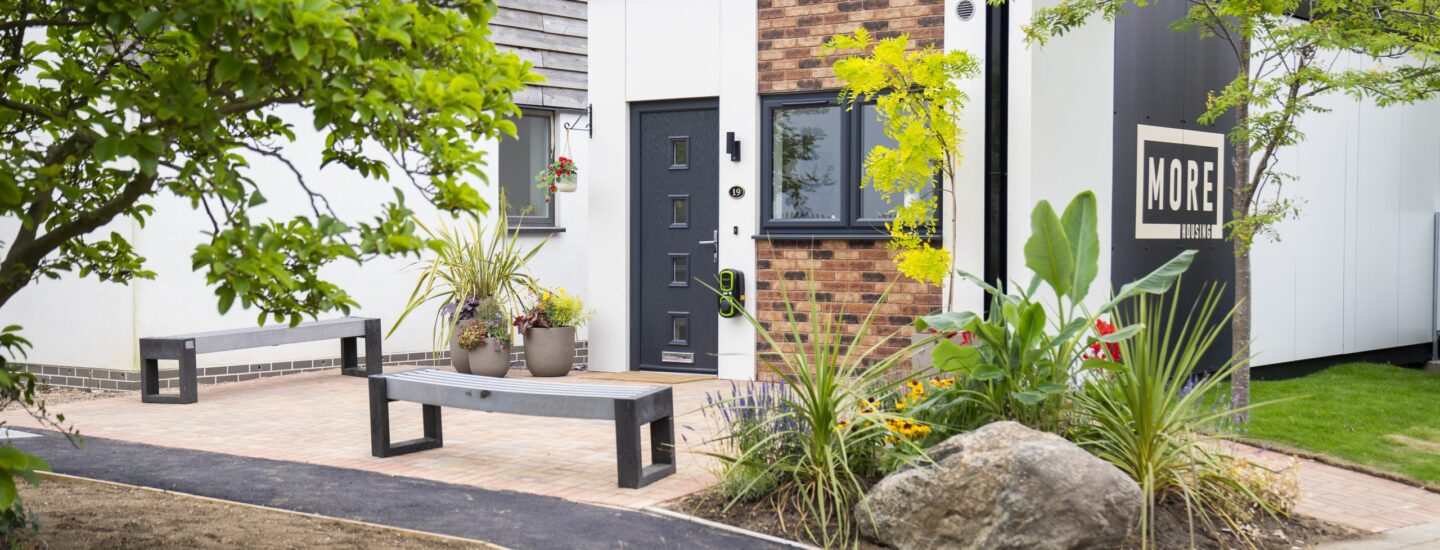
Parker More Housing at the BRE Science Park
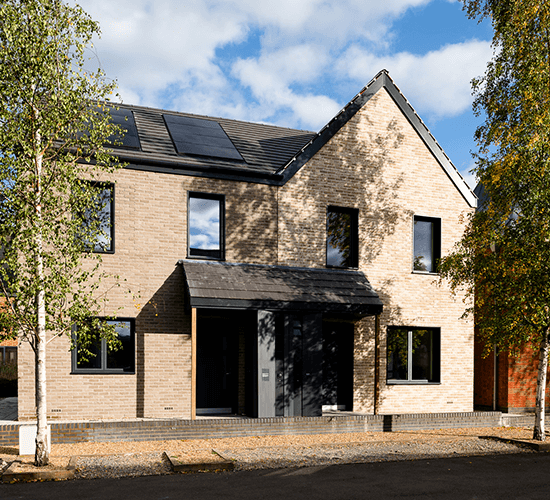
Collida living Passivhaus at the BRE Science Park
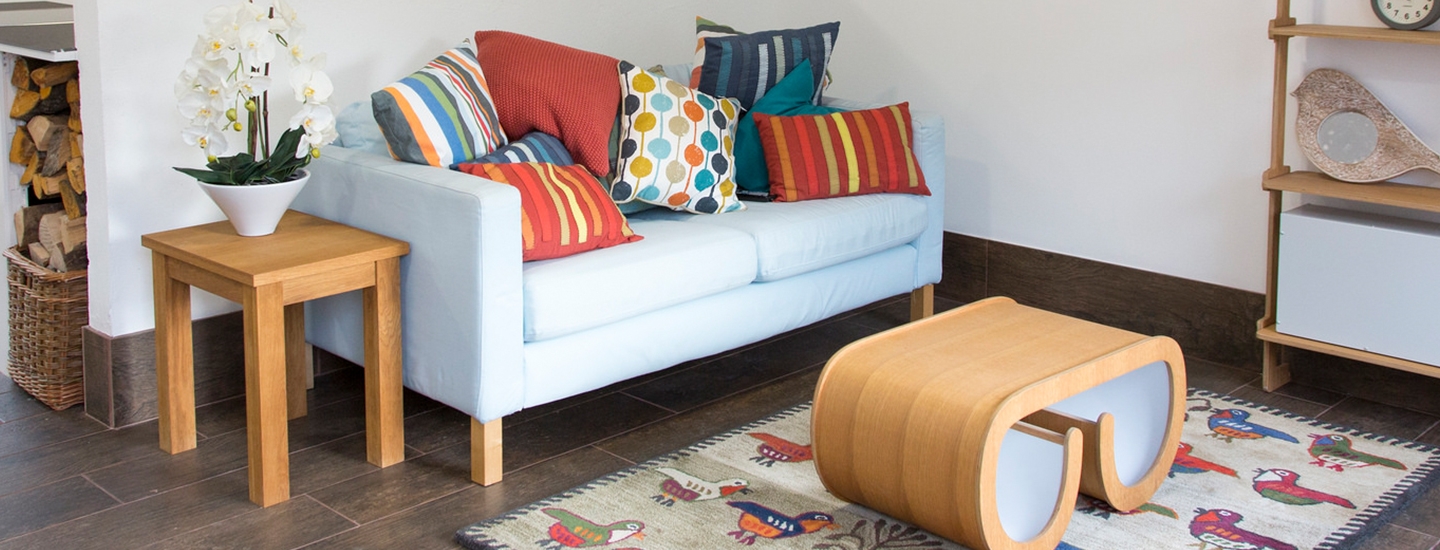
Flood Resilient Repair House at the BRE Science Park
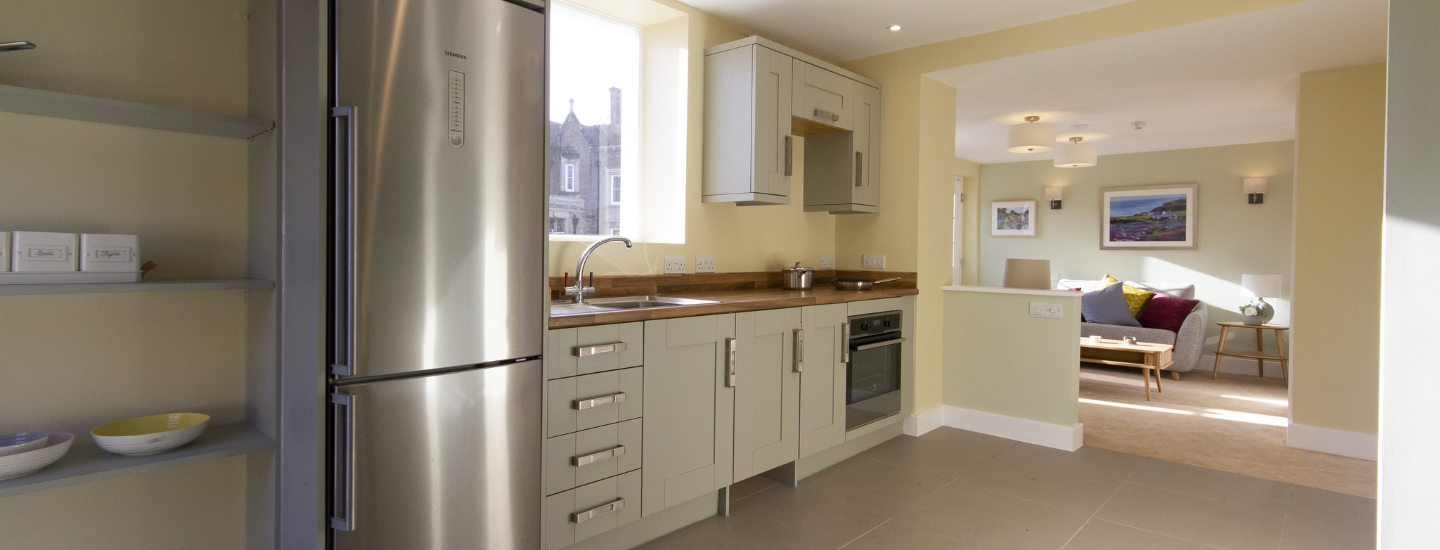
Dementia Friendly House at the BRE Science Park
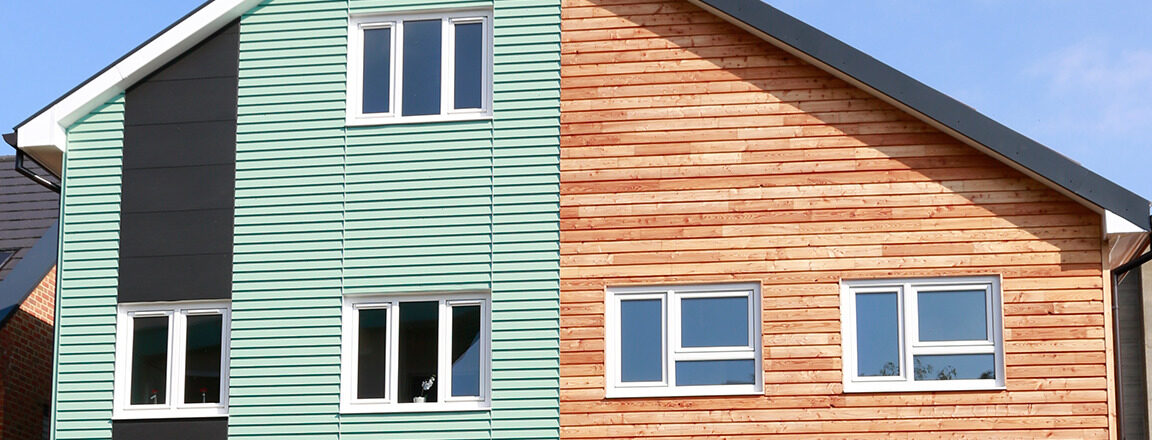
Üserhuus Configurable Housing at the BRE Science Park
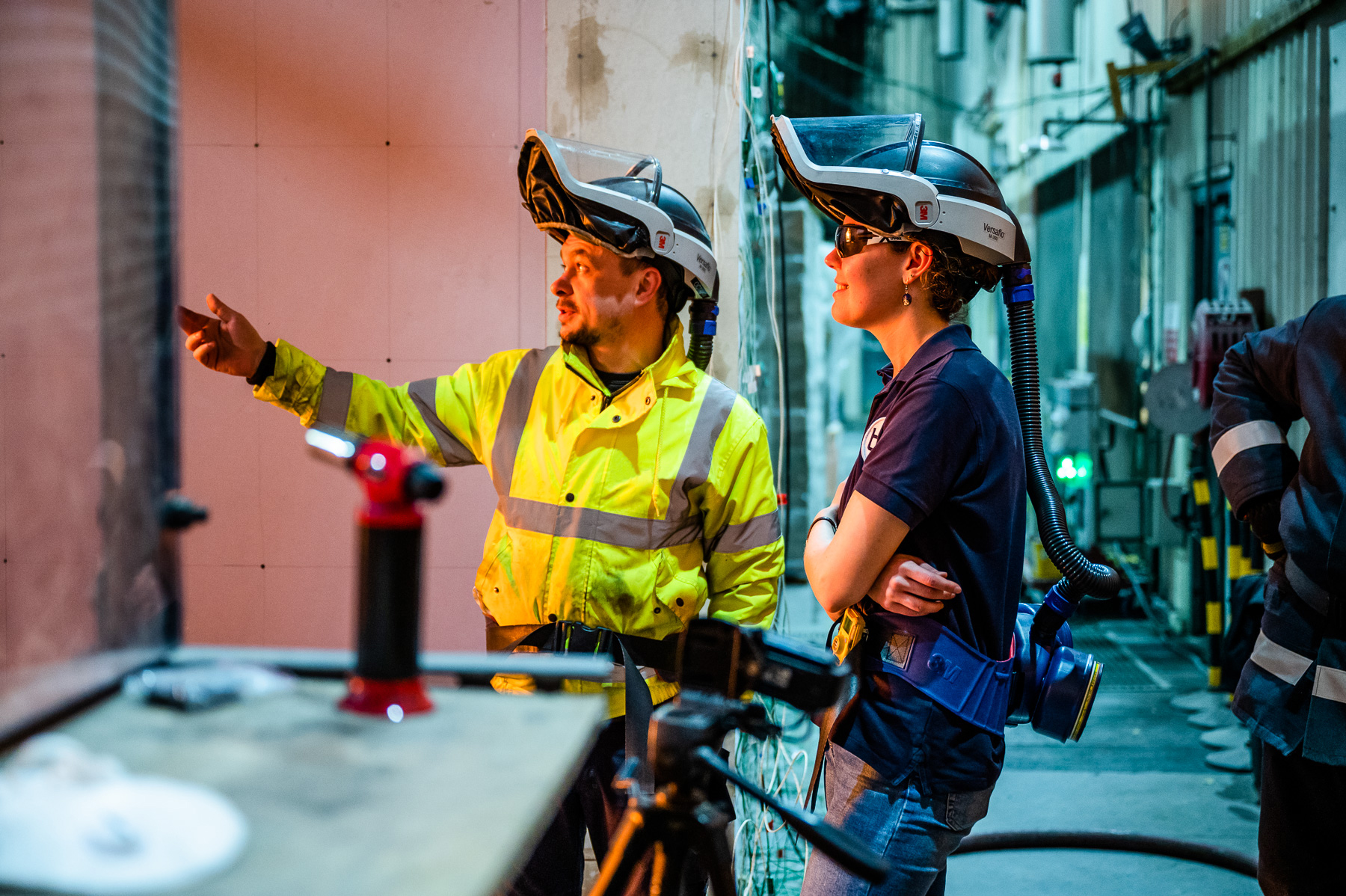
Testing Facilities at the BRE Science Park
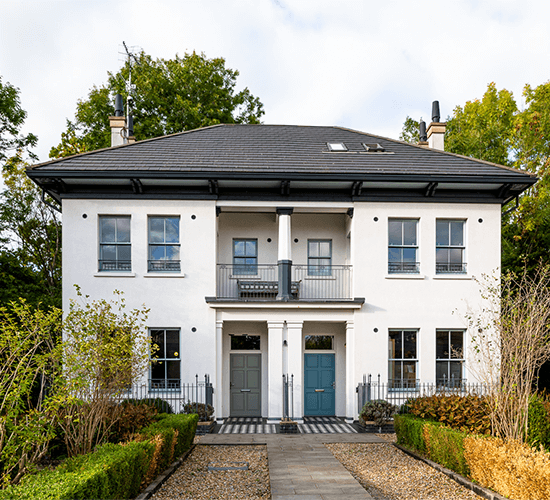
The Prince’s House at the BRE Science Park
Sign up to our newsletters
Get the latest updates and offers on our products, events, standards and qualifications.
Sign up

